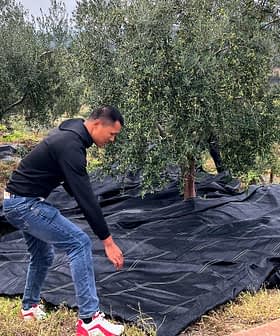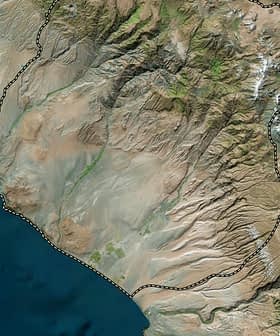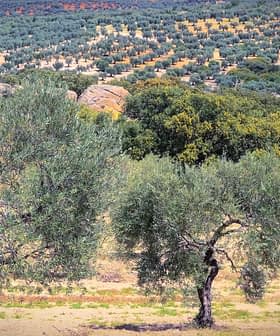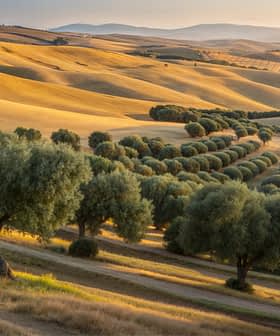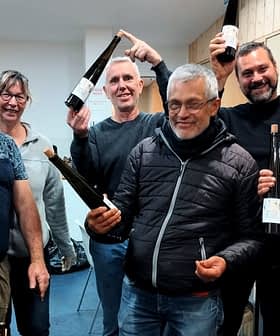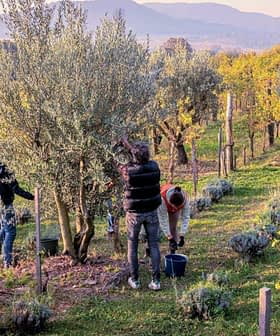Conservationists Hope to Replicate Success of Biodiversity Project in Northeast Spain
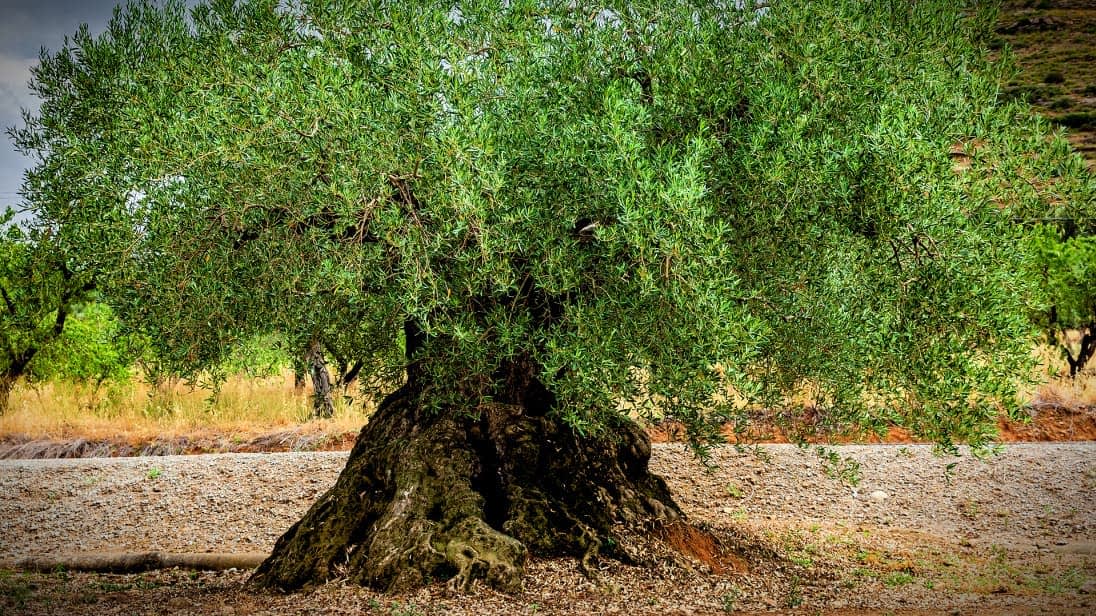
SEO/BirdLife and Caja Rural Foundation are collaborating to study centenary olive groves in the Somontano region of Spain to develop measures that foster biodiversity and add value to the olive oil produced in the region. The project aims to replicate the success of the Olivares Vivo project in Andalusia, which saw a 30% increase in flora and fauna in olive farms that adopted the model, ultimately benefiting both the environment and the quality of the olive oil produced.
The charity SEO/BirdLife and Caja Rural Foundation have joined together to study centenary olive groves in the Somontano region of northeastern Spain.
The goal of the study is to develop measures that foster biodiversity in the ancient olive groves and add value to the traditionally-produced olive oil of the small region of Aragón, known primarily for its wines.
Ultimately, SEO/BirdLife said it hopes to develop a program in the region similar to that of the Olivares Vivo project in Andalusia, which recorded a 30-percent increase in flora and fauna in the olive farms that adopted the model.
See Also:Biodiversity Program Succeeds in Restoring Species to Olive GrovesSomontano has a long olive-growing tradition. Similar to many other parts of Spain, most growers in the region follow traditional practices, focusing on quality and local varieties instead of volume.
Currently, the region is home to 3,719 hectares of rain-fed olive groves while 226 hectares are under irrigation.
Since the Somontano olive groves are traditional, low-density crops, mechanizing the farms is quite a challenge. To make these groves competitive in a global market, it is necessary to rely on the quality and differentiation of elements such as traditional varieties and respect for the natural flora and fauna in the region.
The project dubbed ‘Improvement of biodiversity in the olive groves of Somontano’ started off last year with the selection of 10 farms for the study.
During this stage of the project, researchers focused on the avifauna on the farms since birds are ideal bioindicators of the state of the habitat. They also studied vegetation including woody flora growing in the uncultivated fields to find out the effects of simplification of the agricultural landscape and use of pesticides.
Once the analysis of bioindicators including plants, birds and insect predators of pests is complete, probably by the end of the summer, the team will propose practical steps to be taken to restore the olive farms and their biodiversity.
These steps include maintaining vegetative ground cover and installing functional places to host fauna, such as nest boxes for birds, insect hotels, drinking fountains and ponds.
“The improvement of the biodiversity of the area through the actions designed by this project will add a plus to the Somontano oil, increasing the added value of this product, which already has a high quality,” said Luis Tirado, SEO/BirdLife delegate in Aragón.
“We have shown that the conservation of wildlife in olive groves is not only profitable for the farmer but also a guarantee for the future since it conserves the soil and allows the reduction of pesticides,” he concluded.



